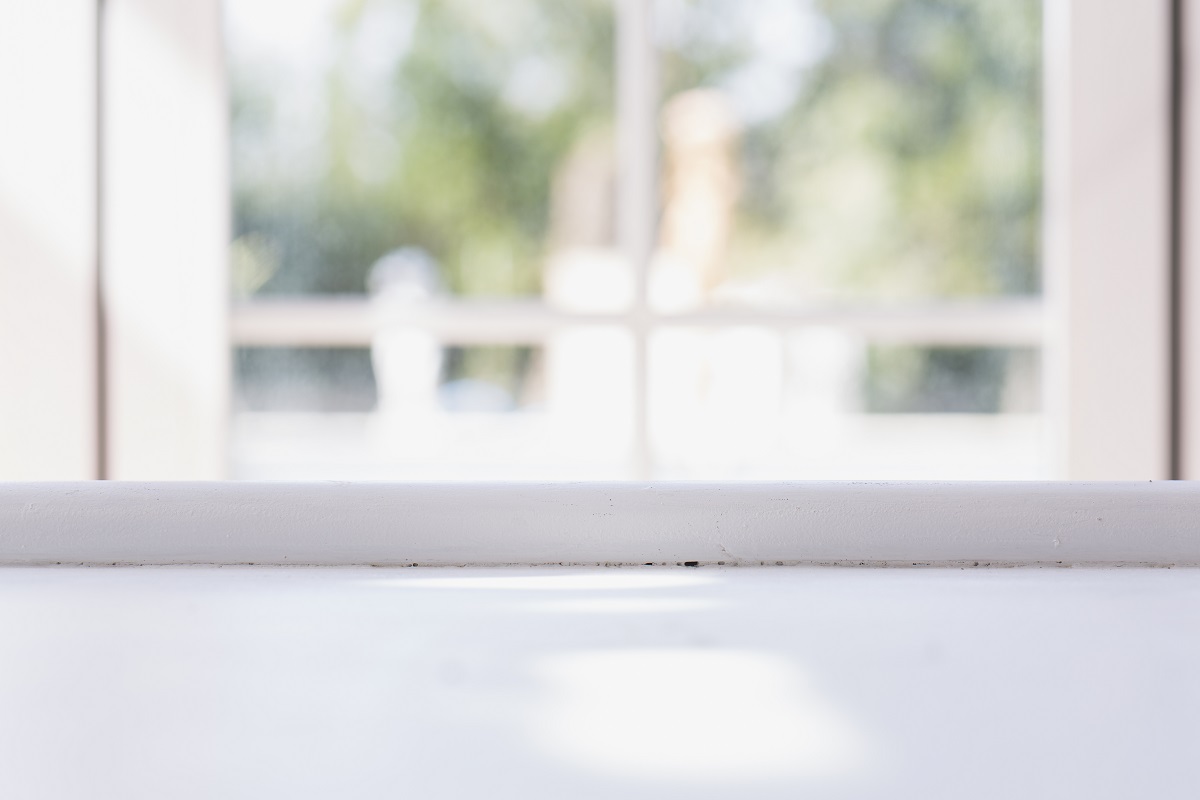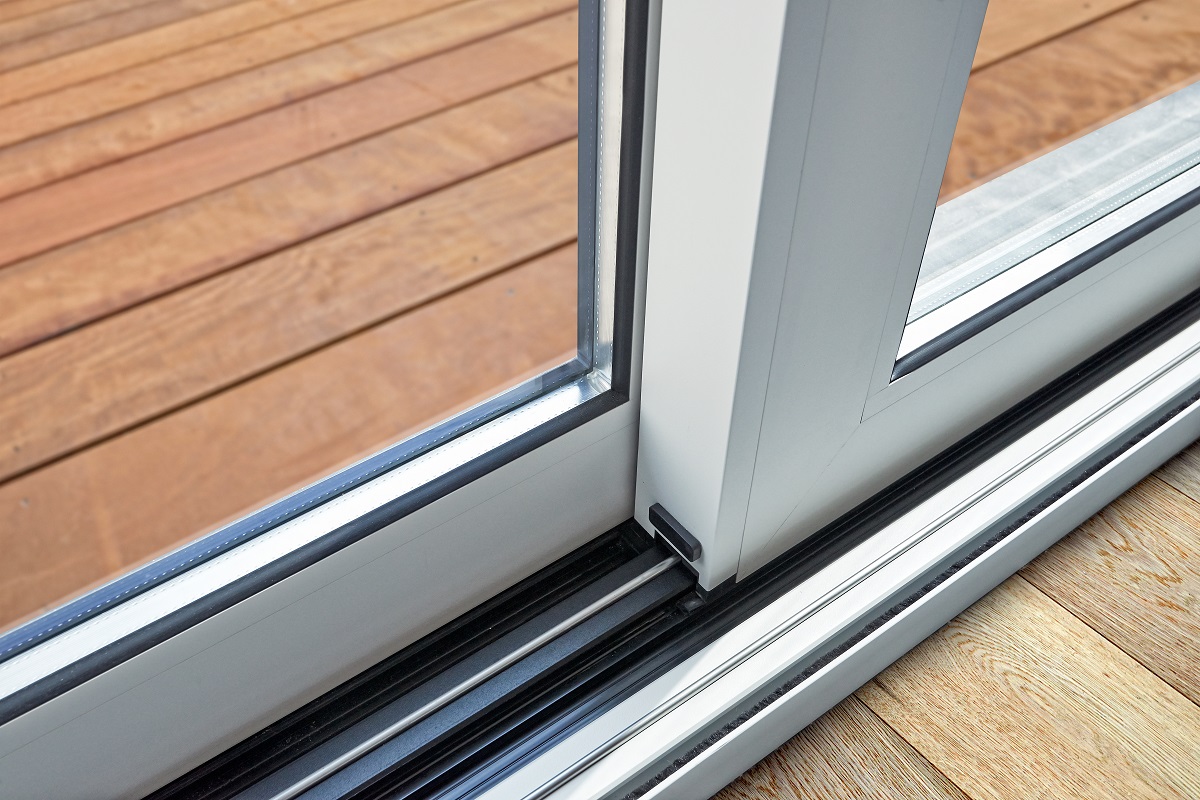What is Low-E glass and what are its applications
- Low-E glass is an energy-efficient glass
- Low-E glass can make your home or building more comfortable
- There are two types of Low-E coatings
When it comes to glass, the type to be used for a given purpose is usually one of the last things people think about. Sure you have probably heard of bulletproof and tempered glass, but there is another type that is relatively unknown: Low-E glass. That being said, knowing what the nature of Low-E glass and its applications can be helpful when it comes to your endeavors that require the use of glass.
Before getting into the specific details and features of Low-E glass, it is important to first understand how sunlight works and how it can affect your home or any other building. Sunlight contains different forms of energy such as light and heat thanks to electromagnetic radiation. You can perceive some of this radiation within a spectrum as the light and colors you can see in a rainbow, but light also exists outside of that spectrum.
Other types of light that we can’t perceive but exist include infrared and ultraviolet light. Ultraviolet rays from the sun are what causes sunburns while you feel infrared radiation from sources of heat such as a fire, furnace, or oven. It is these three elements (visible light, infrared and ultraviolet) that Low-E glass and its applications are concerned with.
Low-E glass is an energy-efficient glass

Now that you understand some of the basic concepts surrounding low-emissivity glass, the reason why it is considered to be an energy-efficient glass is that it minimizes the amount of infrared and ultraviolet light that passes through it, without affecting the amount of light that passes through.
This is thanks to an exceptionally thin layer of coating that is usually made from two or more layers of metal or metallic oxide. This is specifically made to block out unnecessary electromagnetic radiation. Low-E glass seeks to make any building have a consistent temperature by reflecting the interior temperature back inside while keeping ultraviolet and infrared rays out.
Low-E glass can make your home or building more comfortable
Since Low-E glass makes the temperature of buildings more consistent, a comfortable atmosphere is usually achieved when it is applied to windows and other openings that allow light to pass through. The most common window set-up is either a double or triple-glazed unit wherein two or more glass panes are separated by a spacer and a gas-filled space — argon, and krypton being the inert gas of choice. Gas is needed to prevent heat from escaping in air drafts.
Thanks to this kind of set-up, heat transfer is reduced and optimal thermal insulation is achieved — resulting in a more comfortable experience for the people inside the building regardless of whether it is sweltering or snowy outside.
There are two types of Low-E coatings

As mentioned above, low-emissivity glass relies on a thin coating of metal/metallic oxides to do the blocking of unwanted electromagnetic radiation. That being said, there are two kinds of Low-E coatings that you would do well to know.
Passive Low-E Coating
Passive Low-E coatings are made through the pyrolytic “hard-coat” process which produces a coating that is best used in very cold environments. The durable pyrolytic coating allows some of the sun’s short-wave infrared energy to pass through the glass, giving the building a form of “passive” natural heating. This helps you save money on electricity since you rely less on space heaters and other artificial heating methods.
Solar Control Low-E Coatings
If passive Low-E coating is made through the hard coat, pyrolytic process, then the solar control Low-E coating has the Magnetron Sputtering Vapor Deposition (MSVD) process. This coating, which is also called “soft-coat”, needs to be sealed in an insulated or laminated glass. What you’re getting with this coat when compared to the previous type of coating is superior resistance to the sun’s radiation.
It is for that exact reason why solar control Low-E is the preferred coating for cold to hot climates. Since it offers better UV and infrared protection it keeps buildings cooler and reduces air conditioning-related energy consumption.
Key Takeaway
If you are looking for a way to give your home or building better insulation and protection from the sun’s electromagnetic radiation, then Low-E glass can be a great option. With Low-E coating options available that are applicable for different climates, it is convenient regardless of your location.
When you’re trying to decide which window size, style, and design are best for your building, you should also consider the type of glass you are going to be using. Not only does Low-E glass provide practical use and protection, but it can also be a source of energy efficiency and savings.